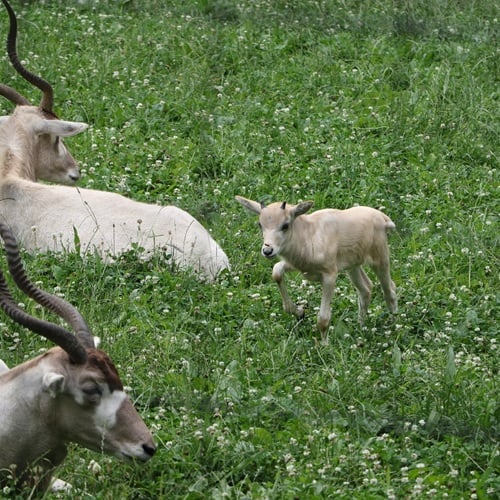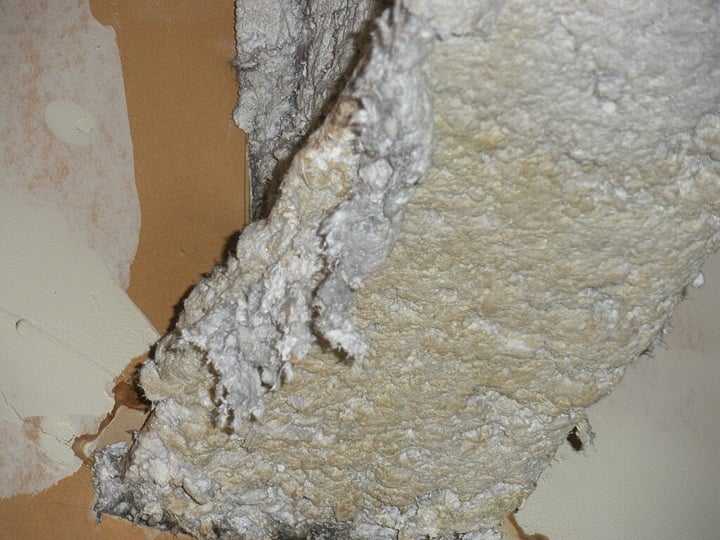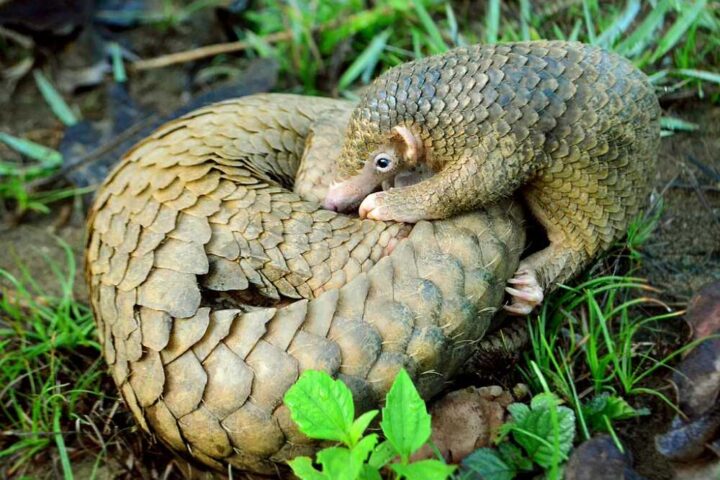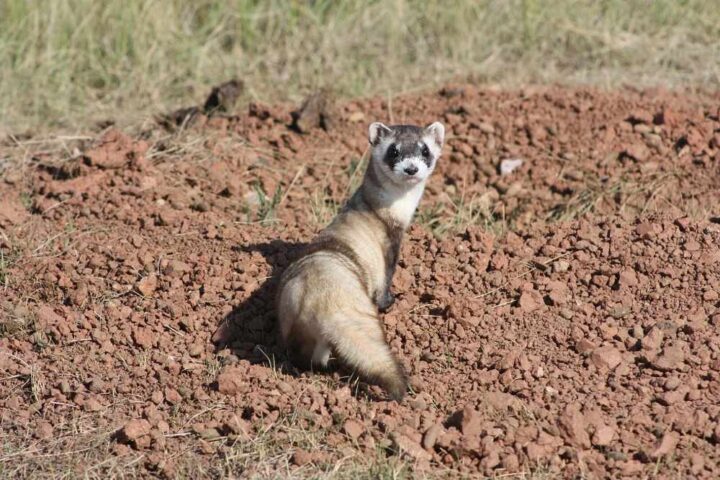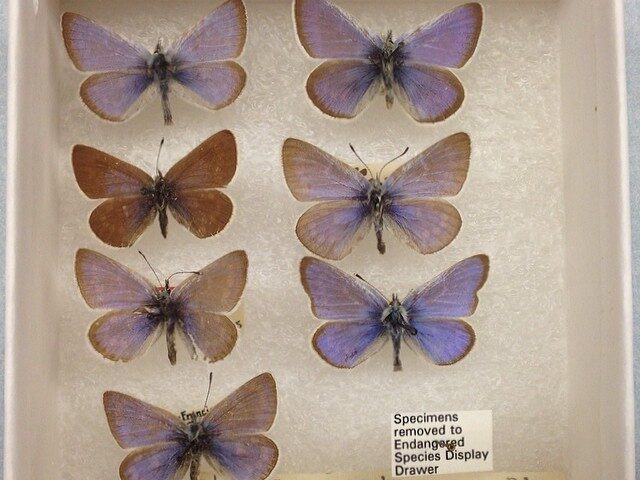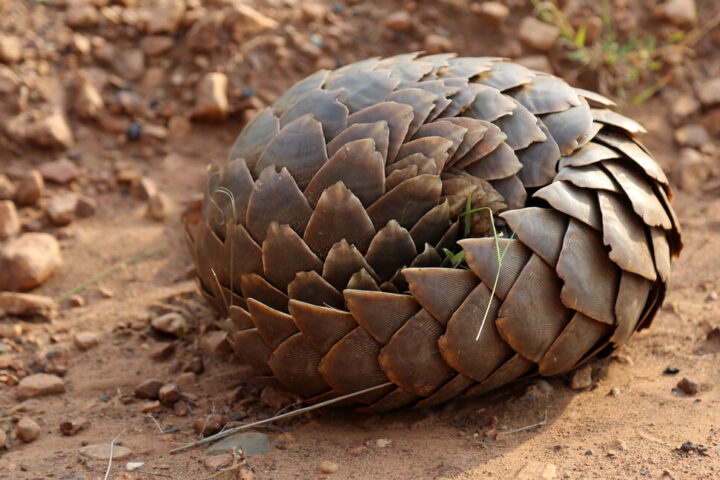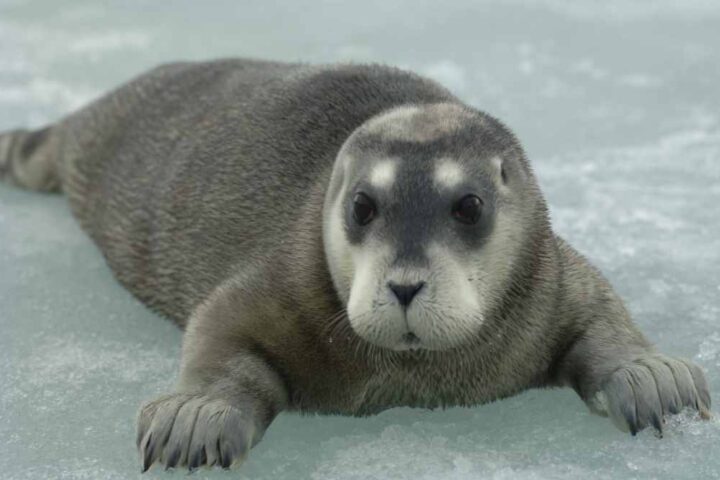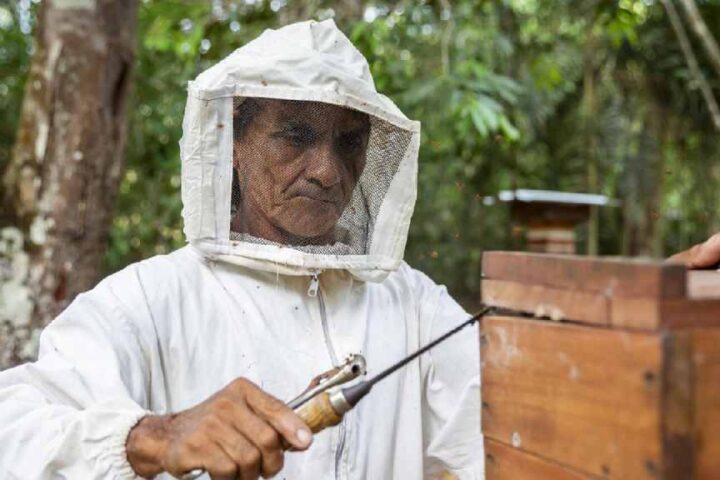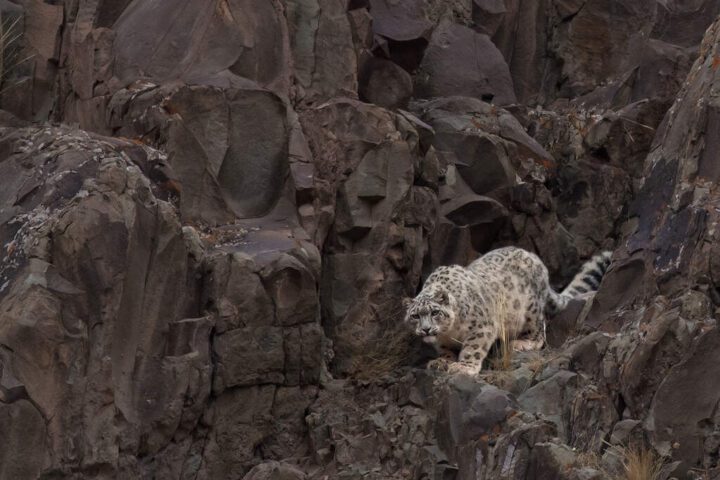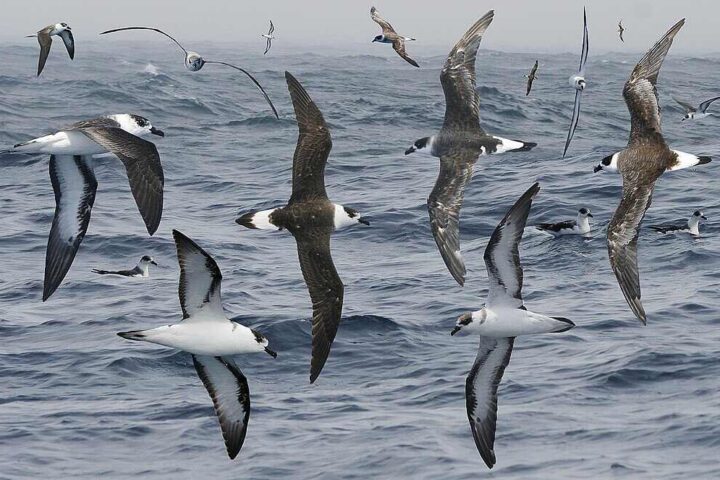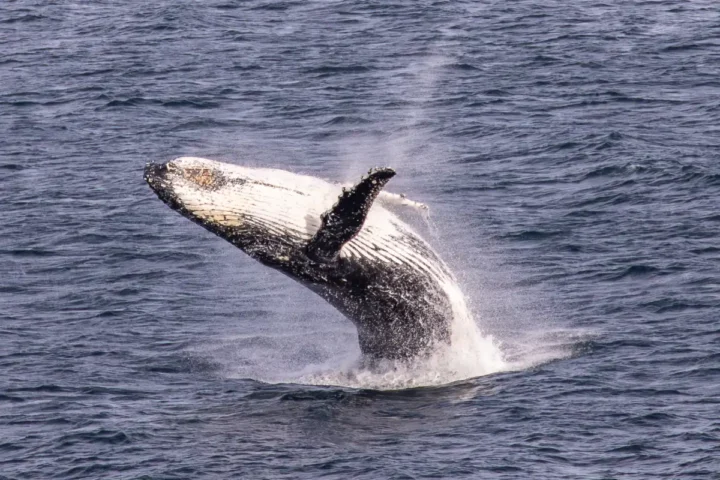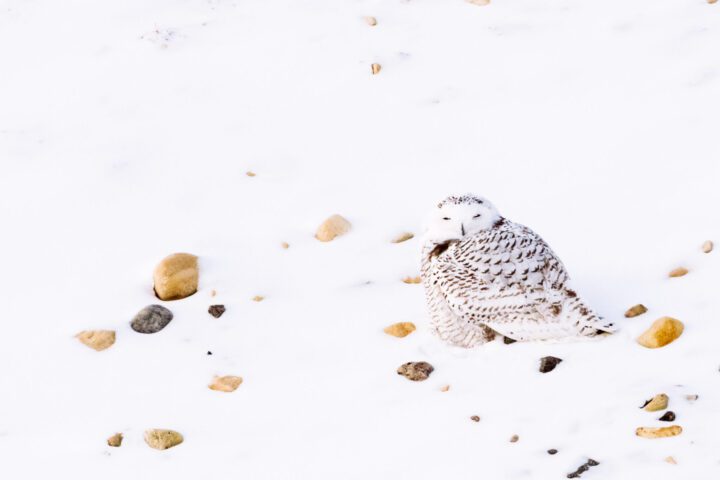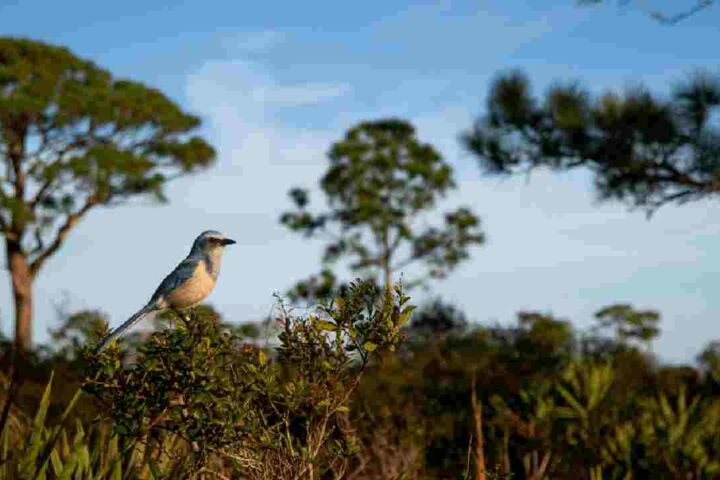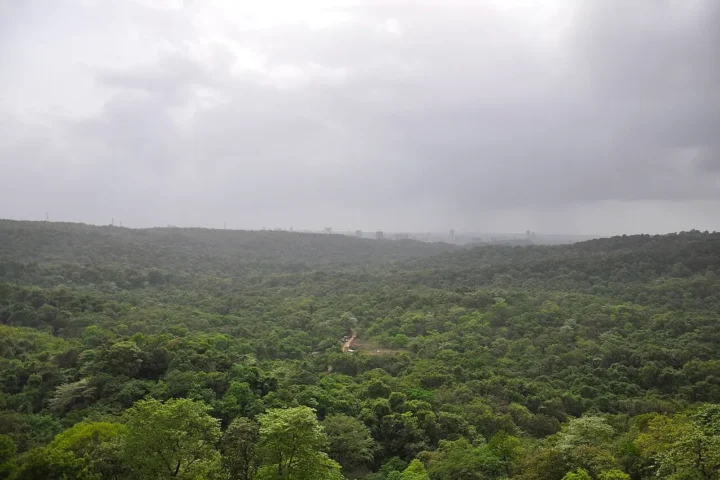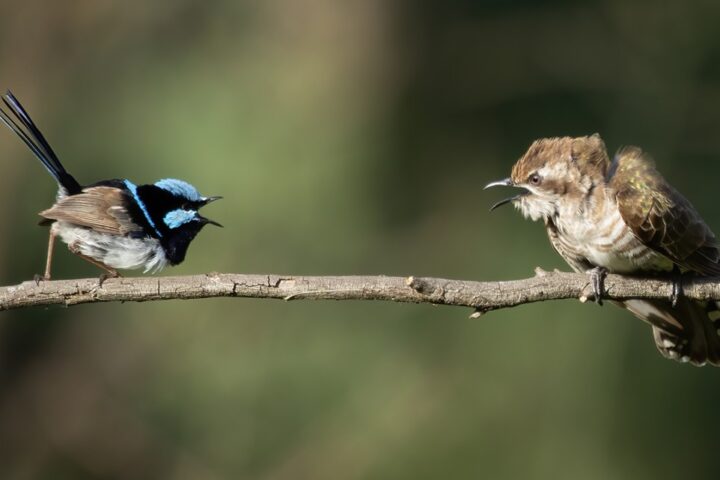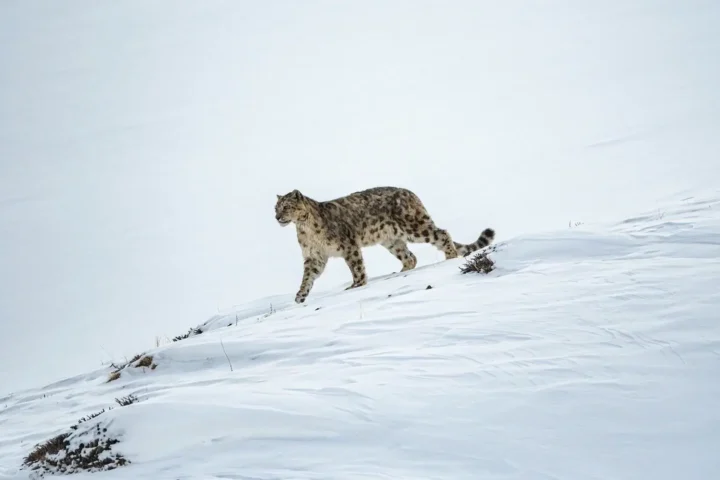A rare birth at Blank Park Zoo in Des Moines, Iowa has provided a small boost to one of the world’s most endangered species. The zoo announced Thursday the arrival of Henri, a male addax calf, marking an important moment for a species with fewer than 100 animals remaining in the wild.
Henri is the second addax calf born at the zoo in two years, following his sister Bonnie’s birth in 2023. Both calves were born to parents Adeline and Po, who were paired through the Association of Zoos and Aquariums’ Species Survival Plan (SSP).
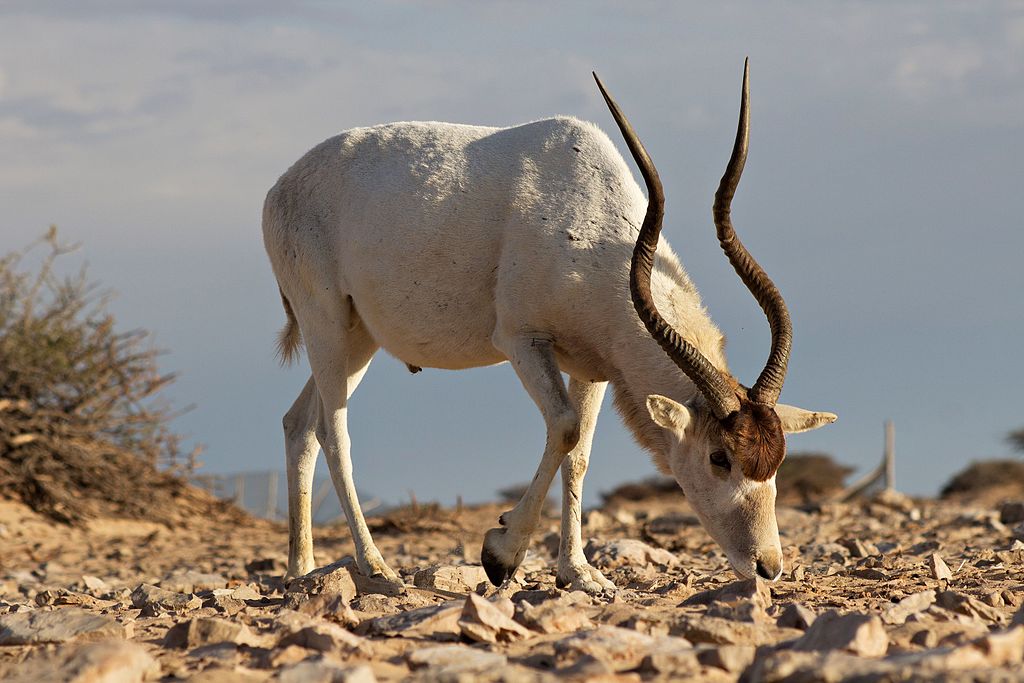
“Every birth like Henri’s is a step forward for a species on the brink of extinction,” said Anne Shimerdla, President and CEO of Blank Park Zoo. “It underscores our ongoing dedication to species conservation and education.”
The addax, a type of antelope native to the Sahara Desert, faces multiple threats pushing it toward extinction. Once widespread across North Africa, these antelopes have seen their population crash due to illegal hunting, habitat destruction, and disruption from oil exploration activities.
The International Union for Conservation of Nature (IUCN) has classified the addax as critically endangered, the most serious risk category before extinction in the wild. Their distinctive spiral horns and specialized adaptations for desert life have not protected them from human encroachment on their habitat.
Henri’s name honors Henri Marie Ducrotay de Blainville, the zoologist who first scientifically described the addax species. The calf can now be seen by visitors in the zoo’s Jamaa Kwa Africa section.
The Blank Park Zoo birth represents one small part of larger conservation efforts. Zoos participating in the SSP carefully manage breeding programs to maintain genetic diversity in the captive population. These programs serve as a genetic safety net for species that might otherwise disappear completely.
Similar Posts:
Over 150 addaxes have been born under human care in efforts to preserve the species. Some captive-born addax have been reintroduced to protected areas within their historical range in countries like Tunisia and Morocco, though these efforts face significant challenges.
The addax has evolved unique features to survive in harsh desert conditions. Their broad hooves help them walk on sand, and their coat changes color seasonally – darker in winter and lighter in summer – providing camouflage and protection from the sun. They can extract all their needed moisture from the plants they eat, allowing them to survive without drinking water.
Despite these remarkable adaptations, the species has lost approximately 99% of its former range. Modern threats have overwhelmed their natural survival strategies.
Visitors to Blank Park Zoo can see other recent animal additions besides Henri. The zoo has welcomed two bamboo sharks named Snoopy and Pluto and a new rhino named AJ this summer.

The birth of Henri coincides with the zoo’s temporary transformation into “Dino Park Zoo” for the summer, which Shimerdla hopes will “inspire guests to take action to save animals from extinction.”
While current records show fewer than 100 addax remain in their native habitat, primarily in Niger, the exact wild population is difficult to confirm due to their remote desert habitat and small remaining numbers. In zoos across America and Europe, there are several hundred addaxes maintained as part of conservation programs.
The Blank Park Zoo is open daily from 9 a.m. to 5 p.m. for visitors interested in seeing Henri and learning more about endangered species conservation.
